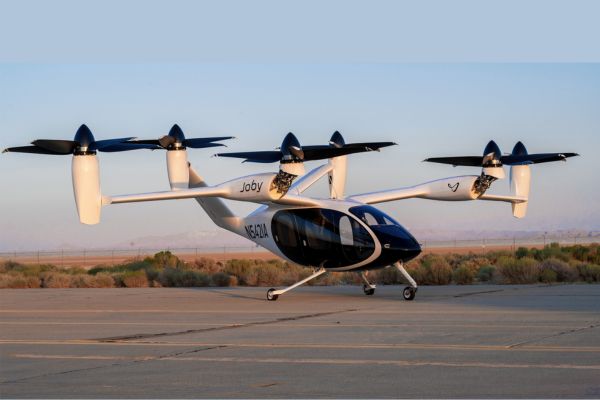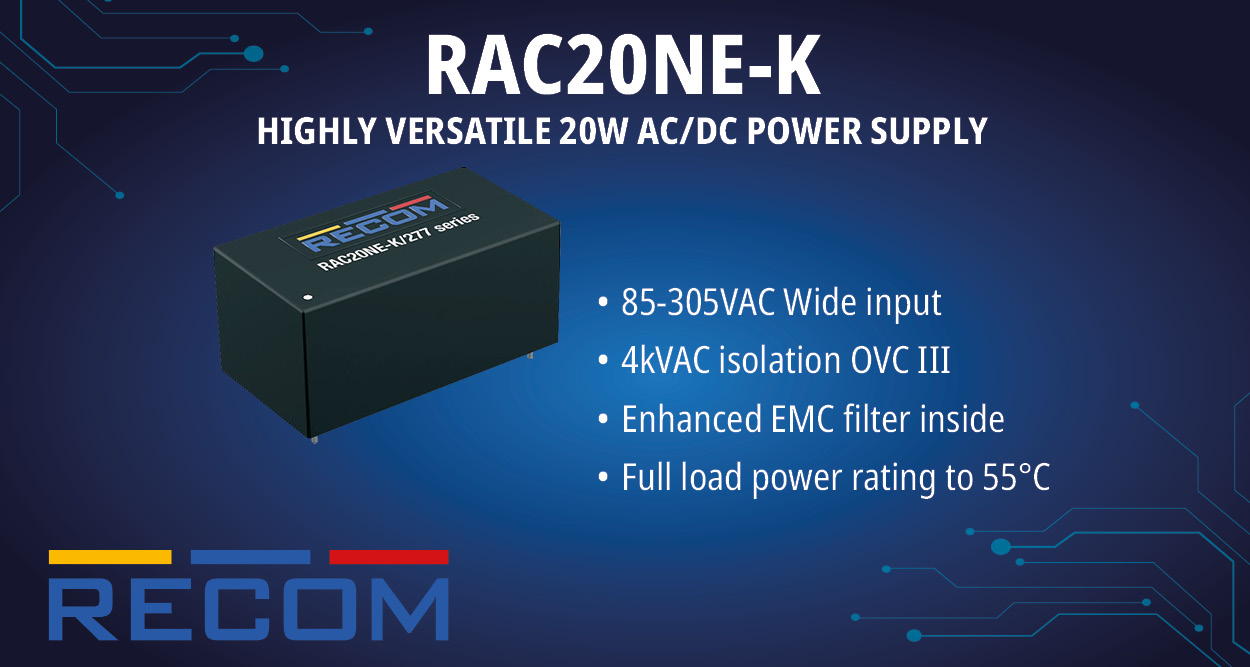The global electric air taxi market was valued at USD 1.48 billion in 2024 and is projected to hit approximately USD 22.34 billion by 2034, growing at a compound annual growth rate (CAGR) of 31.18% from 2025 to 2034. This growth is fueled by rapid advancements in battery technology, which have significantly improved the range and payload capacity of electric vertical take-off and landing (eVTOL) aircraft, enhancing their suitability for intra-city and inter-city travel. Developments in electric propulsion and autonomous flight systems are also boosting performance and reliability, supporting broader sustainability goals.
The rising need for urban air mobility to reduce traffic congestion and carbon emissions is creating strong demand for alternative transport solutions. Favorable government policies and evolving regulatory frameworks are facilitating the integration of electric air taxis into existing transit ecosystems. Meanwhile, substantial investments from major aerospace companies and venture capital firms are accelerating innovation and commercialization. As a result, the electric air taxi market is poised for robust expansion, with a projected CAGR exceeding 31% through 2034.
Key Market Highlights (2024)
- North America led the market, accounting for 43% of global revenue.
- Europe held a 28% share of the market.
- The fully electric propulsion segment captured 52% of the market.
- The piloted mode of operation dominated in terms of deployment.
- Medical evacuation emerged as the fastest-growing application.
Trends Shaping the Electric Air Taxi Market
- Commercial Trials and Urban Demonstrations
Real-world testing is accelerating in major cities as companies prepare for public air taxi services.- In 2024, Joby Aviation completed a notable flight over New York City, showcasing electric air taxi potential in dense urban environments.
- The global eVTOL market is projected to grow at a CAGR of 23.1% from 2025 to 2032, driven by commercialization efforts.
- Rising Investments and Strategic Alliances
Significant funding is flowing into the sector from automotive, aerospace, and tech industries.- Archer Aviation secured $600M+ in funding, including $150M in equity from Stellantis, which is also assisting in manufacturing.
- Since 2019, the global eVTOL industry has attracted over $13 billion in investments.
- Expansion of Vertiport Infrastructure
Infrastructure development is ramping up to support eVTOL operations.- UrbanV is constructing vertiports in Rome and other European cities.
- Ferrovial is building vertiport networks across the U.S. and UK.
- The vertiport market is expected to surpass $1 billion by 2030.
- Growing Consumer Interest
Public acceptance is rising as consumers seek faster, greener travel options.- A 2024 Honeywell survey revealed that 98% of U.S. passengers would consider using air taxis.
- 79% said they would travel more often if air taxis were available for urban use.
Segment Analysis
By Propulsion Type
- Fully Electric: Dominates the market due to zero-emission operations and low maintenance. Key players include Joby, EHang, and Lilium. Improvements in battery tech are further boosting growth.
- Hydrogen-Electric: Fastest-growing segment offering longer range and faster refueling. Companies like ZeroAvia and Urban Aeronautics are pioneering in this area.
By Mode of Operation
- Piloted: Currently leads the market, benefiting from smoother regulatory approvals and passenger trust. Piloted flights are being rolled out in cities such as Los Angeles and Dubai.
- Autonomous: Rapidly growing due to advances in AI and 5G. Wisk Aero and EHang have already completed autonomous test flights, and many cities are preparing for pilotless operations.
By Application
- Passenger Transportation: Remains the primary use case, particularly for urban commuting and VIP travel. Cities like Paris are preparing for commercial launches.
- Medical Evacuation: Growing quickly, especially in areas with limited road access or high urban congestion. Applications include organ transport and emergency response.
By End User
- Commercial: Largest user segment, covering ride-sharing, tourism, and logistics. Companies like Uber, Hyundai, and Archer are actively involved.
- Government & Military: Gaining traction for surveillance, emergency response, and battlefield logistics, supported by public sector investments and pilot programs.
Regional Insights
North America: Pioneering Adoption and Technological Leadership
North America leads the global electric air taxi market in 2024, driven by substantial investments in urban air mobility (UAM), favorable regulatory conditions, and advanced technological infrastructure. The United States, in particular, serves as a key innovation hub, with companies such as Joby Aviation, Archer Aviation, and Wisk Aero at the forefront of eVTOL development. Government bodies like NASA and the FAA are working closely to streamline airspace integration and establish safety standards, accelerating commercial readiness. Major cities, including Los Angeles and New York, are being positioned as early adopters for air taxi deployment. The region’s vibrant startup landscape and access to venture capital further solidify its position as the most mature and dynamic market globally.
Asia-Pacific (APAC): Rapid Growth Driven by Government Initiatives
Asia-Pacific is the fastest-growing region in the electric air taxi market, supported by proactive government involvement and rapid urbanization. Countries like China, Japan, South Korea, and India are making significant strides toward commercializing eVTOL technologies. China, led by EHang, is conducting autonomous test flights and public showcases. Japan is preparing for operational launches ahead of the Osaka Expo 2025, while South Korea is advancing its UAM roadmap in partnership with companies like Hyundai. High population density and urban traffic congestion are key drivers, prompting national investments in smart city and transportation infrastructure. The region’s commitment to technological advancement positions it as a major growth hub for the coming decade.
Europe: Strong Policy Support and Sustainability Leadership
Europe plays a pivotal role in shaping the future of electric air taxis, with a focus on regulatory innovation and sustainable urban mobility. The European Union Aviation Safety Agency (EASA) is actively developing certification frameworks tailored to eVTOLs. Countries such as Germany, France, and the United Kingdom are home to major industry players, including Lilium, Volocopter, and Vertical Aerospace. Paris is set to be a showcase city, preparing to debut electric air taxis during the 2024 Summer Olympics. Europe’s dense urban centers and its emphasis on reducing carbon emissions make it an ideal market for short-distance air travel. Harmonized regulations across EU member states offer a scalable path to broader deployment.
LAMEA (Latin America, Middle East, and Africa): Emerging Market with Strategic Potential
The LAMEA region is emerging as a promising market for electric air taxis, particularly in the Middle East. The United Arab Emirates is at the forefront, with Dubai aiming to be among the first cities globally to launch commercial air taxi services. Strategic collaborations between the Dubai Roads and Transport Authority (RTA) and industry players like Joby and Skyports reflect the region’s readiness. In Latin America, Brazil is exploring eVTOL applications for regional travel and tourism, leveraging its expansive geography. In Africa, although the market is still in early stages, initiatives are underway to utilize electric air taxis for medical logistics and access to remote areas, indicating strong potential for humanitarian and infrastructure-driven use cases.
Request for sample PDF@ https://www.cervicornconsulting.com/sample/2629

















